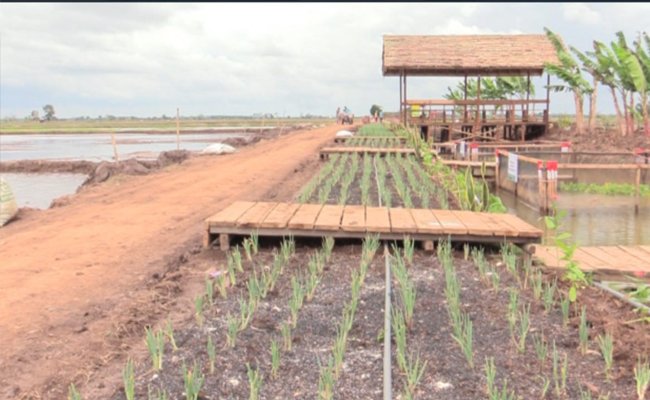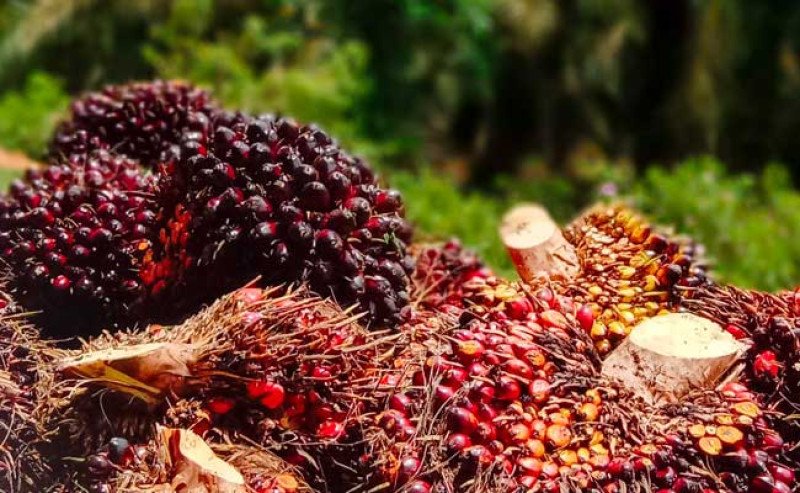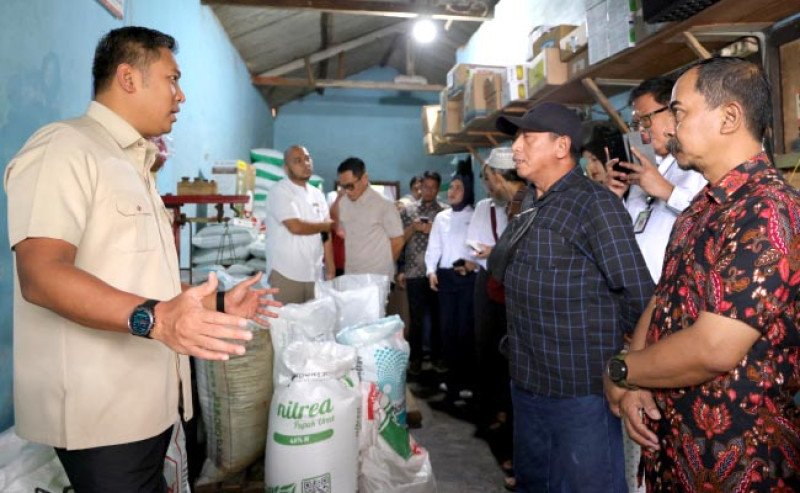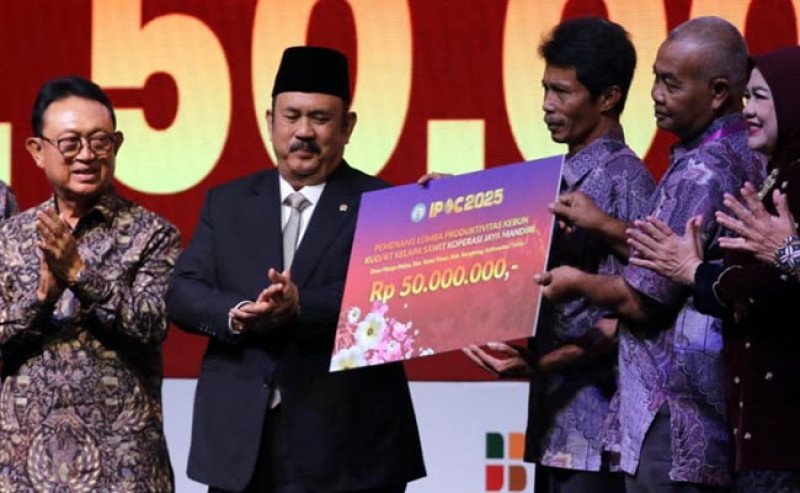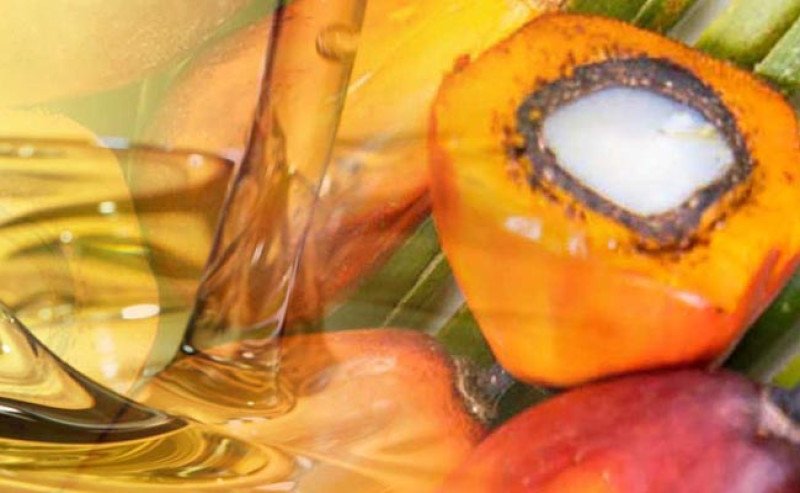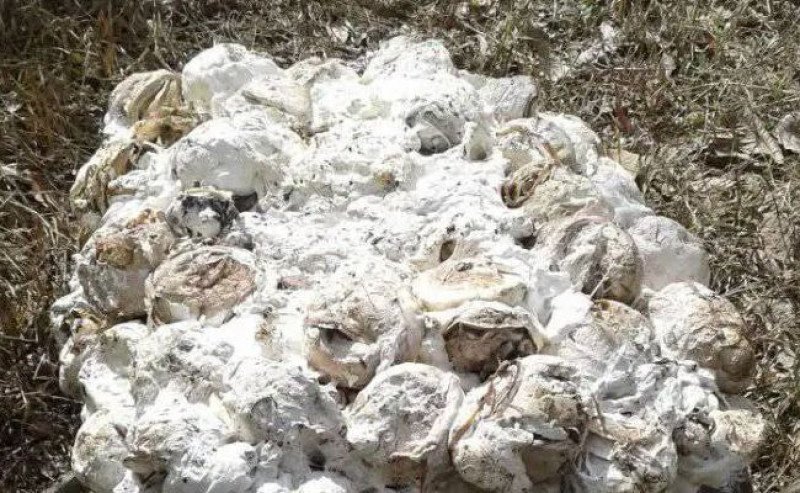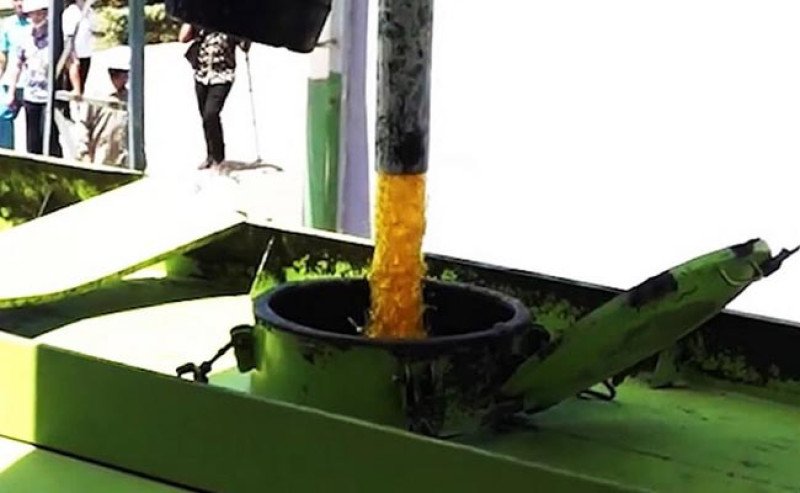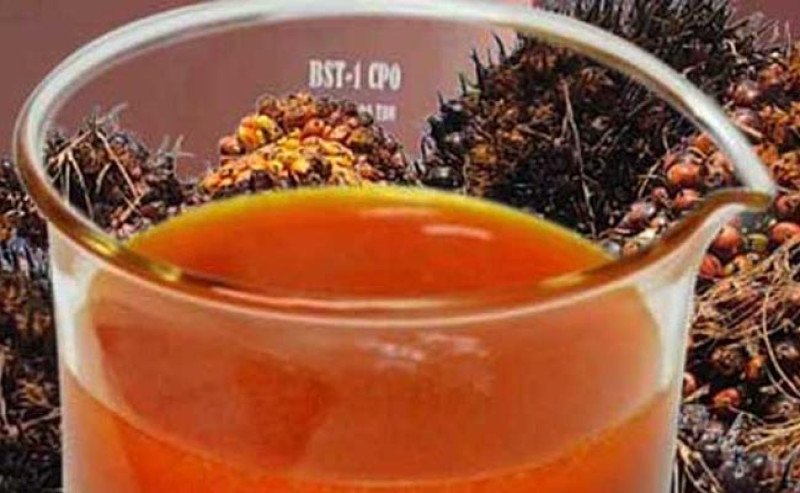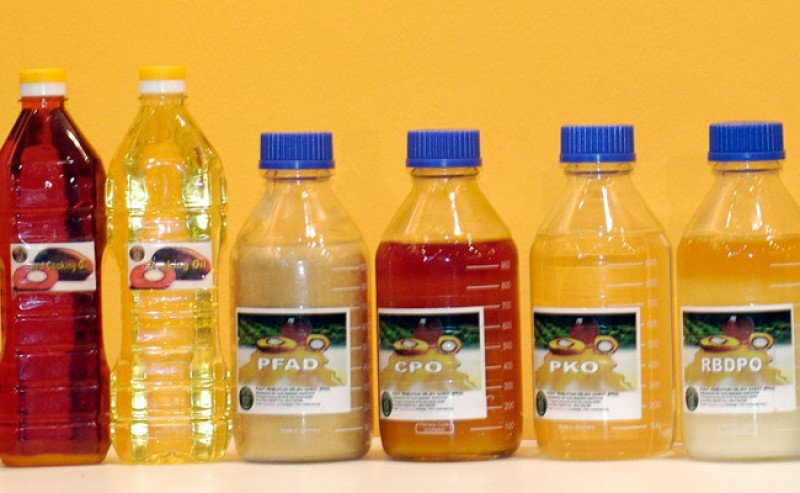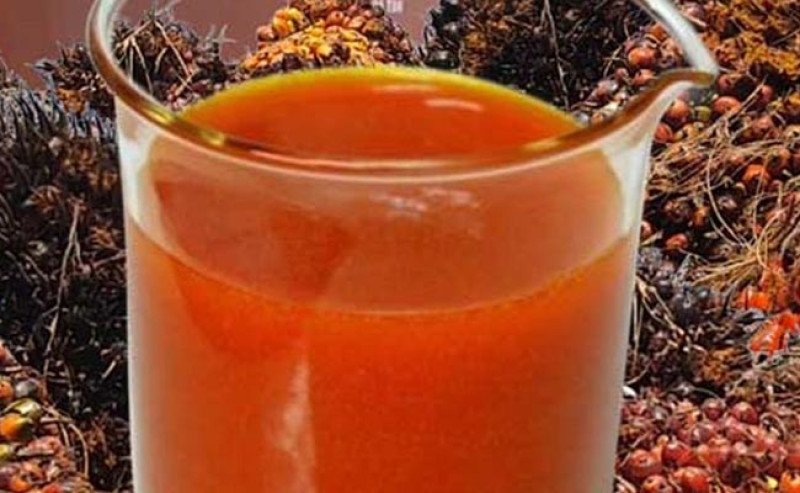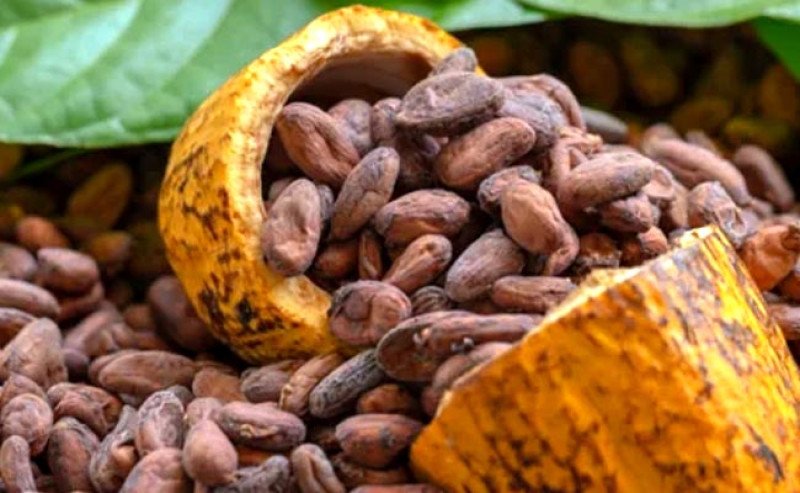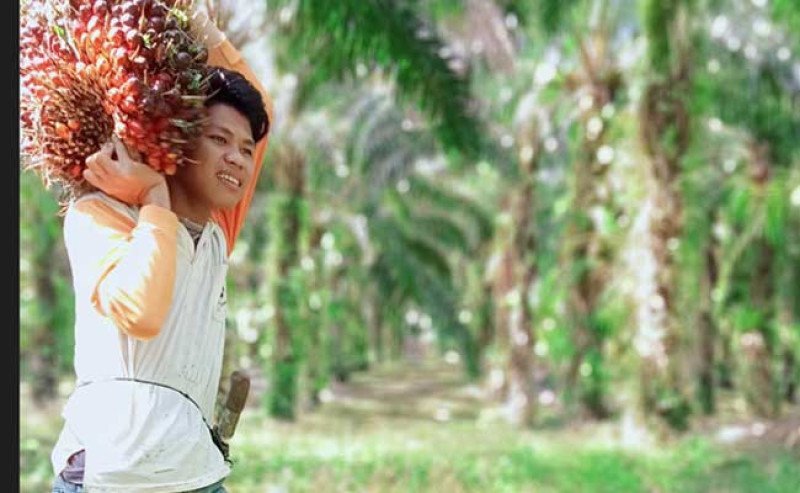Agricom.id, JAKARTA – The government convinced that the big numbers of citizens of Indonesia would need integrated agricultural areas in big scale. The agriculture would not be in Java and around but it needs new areas and in the long term which is supported by the modern agricultural system.
President Joko Widodo realized it. The people need to have easy access to get their daily needs. To support it, it needs to make the new areas in the form of food estate.
Developing the swamp to be the agricultural areas could be the strategic and prospective thought to help the food production. The areas should fulfill adequacy of production for every agricultural commodity. It means that there would guarantee of food procurement in the long term.
Food estate is made in two provinces in Indonesia, such as, North Sumatera and Central Kalimantan. In North Sumatera, the food estate is in District of Humbang Hasundutan. While in Central Kalimantan, it is in District of Pulang Pisau and District of Kapuas. The long term development in Central Kalimantan would cover the preparation of the new areas, such as, the area rehabilitation by increasing the infrastructures of area productivity, namely from the irrigation and drainage in the swamp. It is about to create the food barn in the province.
The food estate is the former areas of “Sawah Sejuta Hektar” program that President Soeharto did 30 years ago. In 2020 to 2021, there would be the first 30 thousand hectares area to cultivate. 110 thousand hectares others would be cultivated in 2022-2023 to be more productive. The rests, it is hoped that the next government officers could continue.
Through the Expenditure, the government allocated about Rp 1,9 billion for the next two years. In the first phase in 2020, the areas to rehabilitate would be 1.210 hectares within the budget about Rp 73 billion. The second phase in 2021 it would cover 3,330 hectares within the budget for about Rp 484,3 billion, and the third phase, the irrigation improvement would cover 22,65 hectares within the budget about Rp 497,2 billion. 110 thousand hectares would be done in 2022-2023 and it would be discussed still. The special budget for the horticulture commodity in 2020 would be Rp 1 billion.
The horticultural commodity to develop would cover 473 hectares. In District of Kapuas within about 220 hectares, orange would be planted (140 hectares), durian (40 hectares), cayenne pepper (20 hectares), and vegetables such as, kale and mustard (20 hectares). In District of Pulang Pisau for about 253 hectares, durian would be planted (110 hectares), longan (100 hectares), cayenne pepper (20 hectares), and vegetables, such as, kale and mustard (23 hectares).
“General Directorate of Horticulture, Ministry of Agriculture is ready to support the agricultural integrated commodity in the swamp areas in Central Kalimantan. We would simultaneously prepare the seeds of fruit or vegetables,” General Director of Horticulture, Ministry of Agriculture, Prihasto Setyanto said through phone, Friday, (25/9), as in the official statement to Agricom.id.
He also mentioned that the technical team is verifying the candidate of the farmers and locations to make sure there would be no double candidates for the paddy farmers in the 30 thousand hectares.
“The candidates for the fruit and vegetable commodities in the 2 districts are focused in one sub district only. If it may, they could be in two sub districts if the first one is not possible,” Director of Fruit and Floriculture, Ministry of Agriculture, Liferdi Lukman said.
He also mentioned that the candidates would cultivate in the swamp location within C type (the dry) and categorized in the food estate in Central Kalimantan. District of Kapuas would cover Sub district of Basarang, Kapuas Hilir, and Pulau Petak. District of Pulang Pisau would cover Sub district of Pandih Batu, Maliku, and Kahayan Hilir.
Head of Subdit Orange, Shrub, and Tree, as the technical unit of horticulture in the food estate in Central Kalimantan, Siti Bibah Indrajati said that each candidate would be different in each commodity to do. The head of agency in the district would propose the candidates.
“We would simultaneously prepare the seeds of fruit or vegetable. We started planting orange along the paddy fields for about 2,5 kilometers in Sub district of Pandih Batu. We would plant orange ‘Siam Banjar’ for about 850 stalks,” Bibah said.
In Sub district of Maliku, we made 48 blocks of surjan system for abou 4 meter x 200 meter to develop 3.264 seeds of ‘Siam Banjar’. The next in 2021 General Directorate of Horticulture would allocate the budget to develop the horticulture.
To support the horticultural regions in the swamp food estate in Central Kalimantan, Directorate of Horticultural Seeding ensured the orange seeds ‘Siam Banjar’ (28 thousand stalks), durian ‘Gelapir’ (3 thousand stalks), durian ‘Kromo Banyumas’ (12 thousand stalks), and longan ‘Kateki’ (10 thousand stalks). The planting would be in November 2020.
Knowing the food estate program in the region, Chairman of Kelompok Tani Bina Sejahtera, Budiyono is happy and proud. He never thought that there would be food estate in technology base in his region. He admitted that this would trigger the farmers to maximally produce.
“We are the second generations to farm. Our parents cultivated the areas within the available tools. It is no question that it spent years to make paddy fields. But by the agricultural technology that the government provides, everything would run fast and easily. The four vehicle – tractor would cultivate the 4 hectare – paddy field in just one day,” he said with a pride. (A2)
